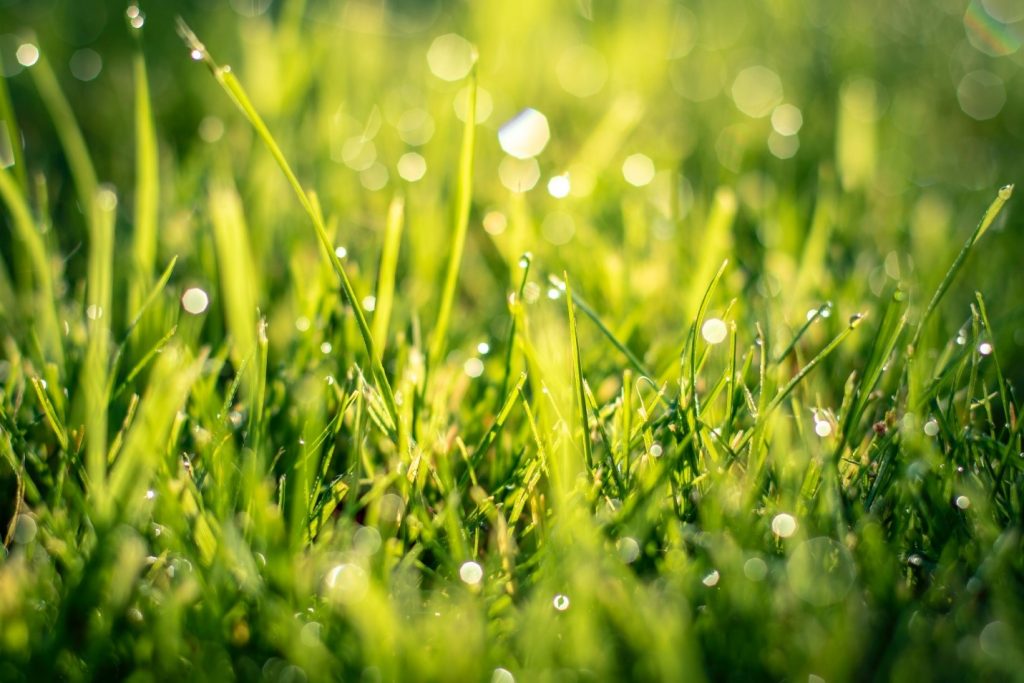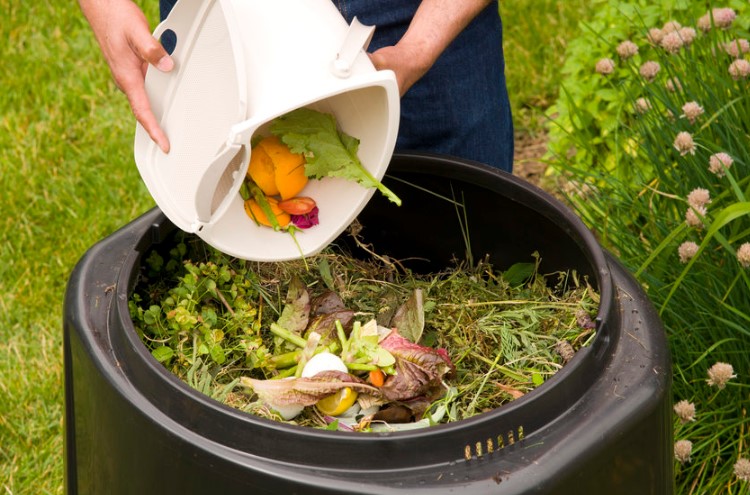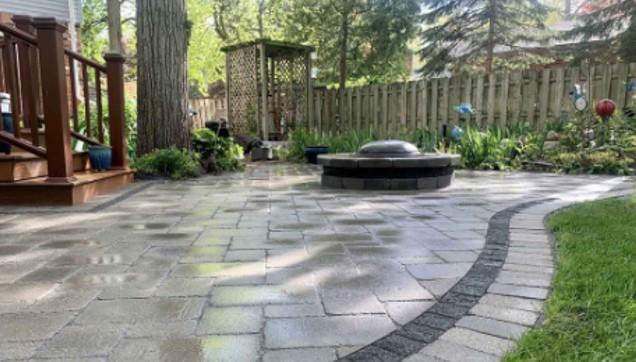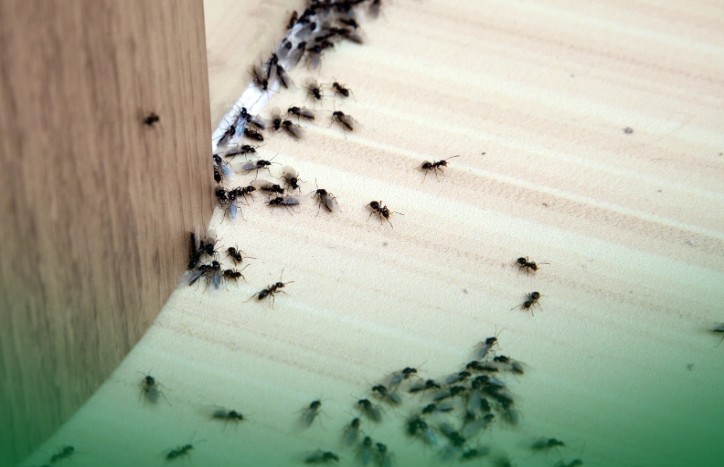5 Common Lawn Care Mistakes

As summertime approaches, lawn care becomes more important. From improper watering to the wrong fertilizer to improper pest control, there’s a lot to remember when it comes to your lawn. Here are five common lawn care mistakes to avoid.
1. Watering at the Wrong Time
The best time to water grass is before 10 a.m. when temperatures are cooler, and winds are calmer. Early morning watering allows the moisture to soak into the soil so the roots can quickly absorb it. When you water during the hottest part of the day, water will evaporate before reaching the roots. Watering at peak temperatures may also cause burning to young grass shoots. Watering at night is also a problem as it keeps your lawn wetter for longer, which can cause lawn disease.
2. Over or Under Fertilizing
Lawn fertilization benefits grass, but you don’t want to under or overdo it. Experts recommend fertilization five to six times a year, though it depends on the climate and type of grass you have. When your lawn is at the rapid growth point, that’s when you want to fertilize the grass.
Slow-release fertilizers are the best option, as they help grass get greener without growing too quickly.
3. Buying the Wrong Type of Grass Seed
Climate is the most critical factor in choosing grass seed. For example, cool-season grasses like bluegrass and ryegrass will thrive if you live in the northeastern United States. Alternatively, those in the Deep South or Gulf Coast region will benefit from drought and heat-tolerant grasses like Bahiagrass or Centipede Grass.
Another thing to consider as you shop for seed is your expectations. How much maintenance are you willing to give a lawn? Do you want it to look pristine at all times, or do you just want some vegetation to cover up the soil? Will kids and large groups of people use the lawn? How about dogs? These are all things to consider when choosing grass seed.
If you have dogs, kids, or both, here are some safe, durable seed types to consider:
- Fescue
- Kentucky Bluegrass
- Perennial Ryegrass
- Zoysia
- Bermuda
- Centipede
4. Mowing Too Short/Scalping
When grass is cut too short (or scalped), it can weaken and potentially kill your lawn. Cutting grass blades too short reduces a lawn’s ability to store energy and restricts its nutrient supply. If you can see the grass’s brown stems, it’s too short. It’s recommended for any type of grass to be at least 1 to 2.5 inches high. To avoid scalping, ensure you’re not using a dull mower blade and avoid mowing during the hottest part of the day.
5. Improper Use of Herbicide
We get it; weeds are unsightly. But overusing herbicides and chemical weed killers is unhealthy for your grass, people, and animals. If you have a stubborn cluster of dandelions or crabgrass, apply the weed killer as needed. It doesn’t need to cover the entire lawn. When possible, remove weeds by hand or with a hoe. While string trimmers and weed whackers are effective, they do not remove the roots, so weeds will continue to grow.








